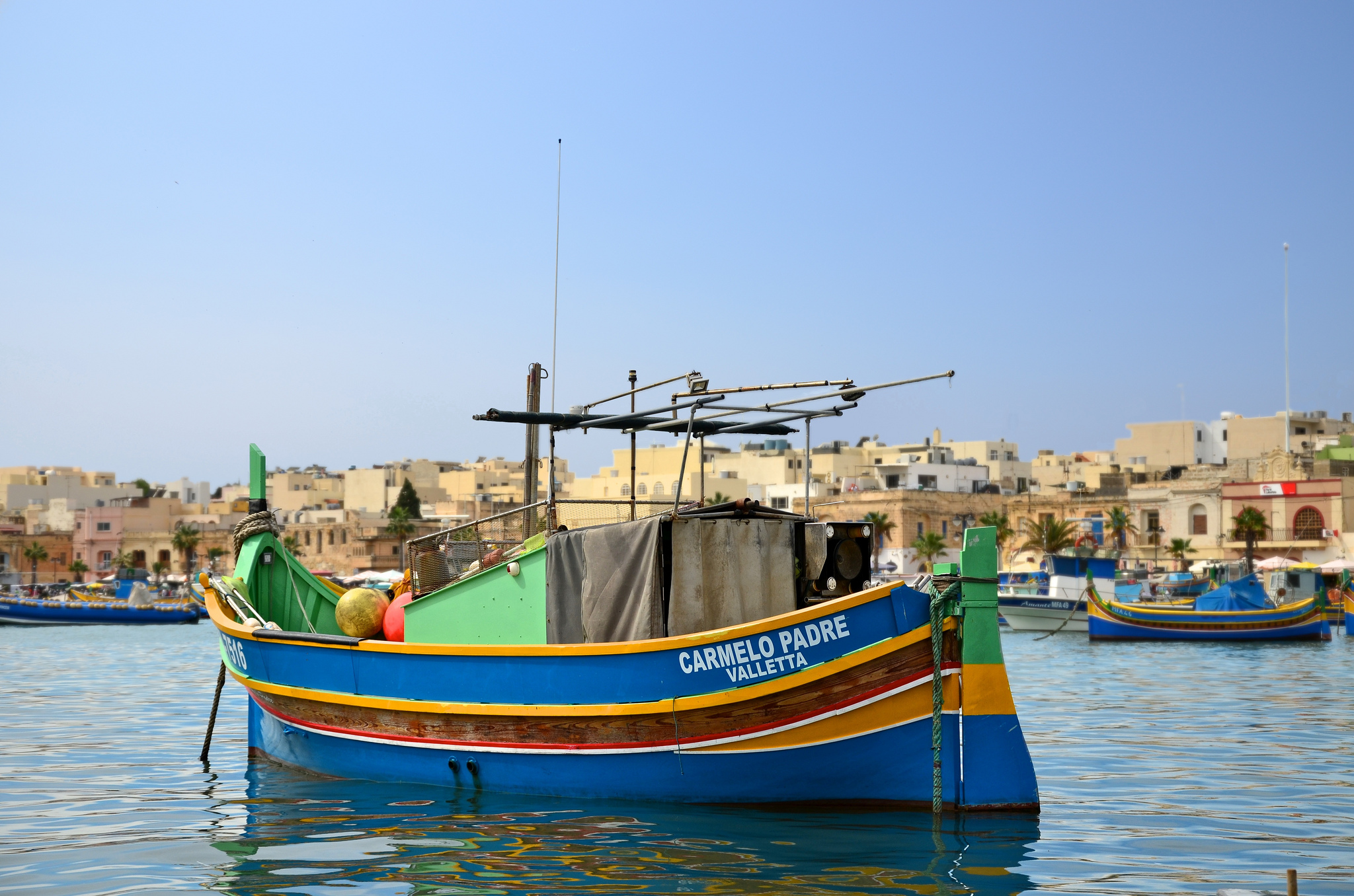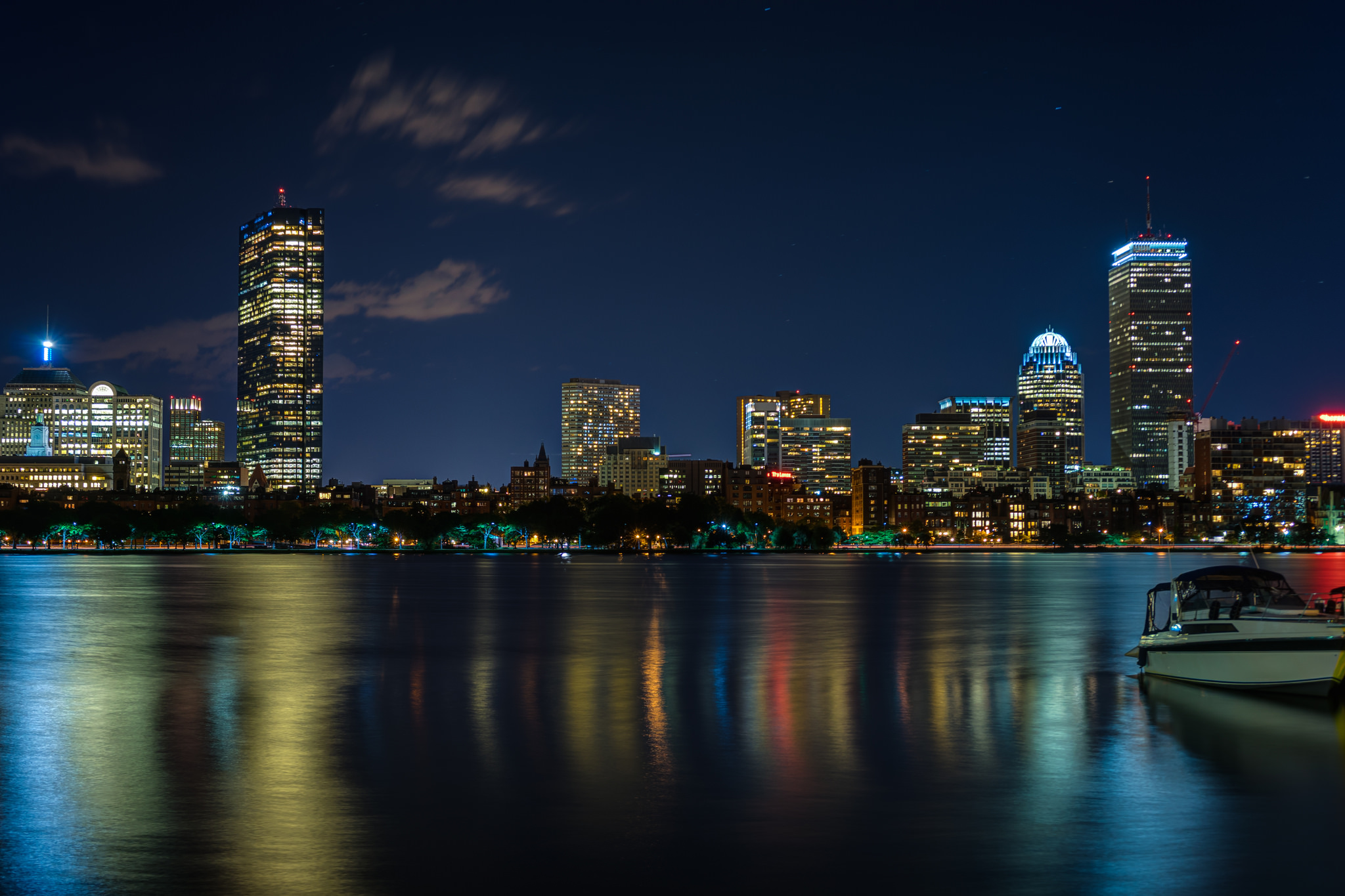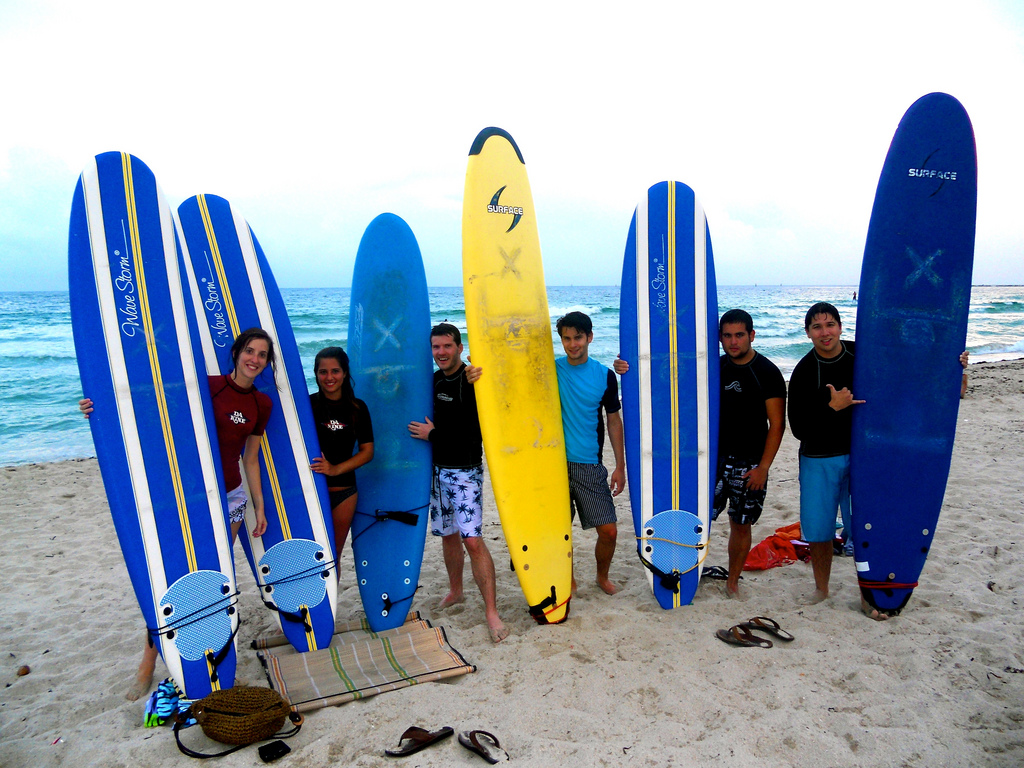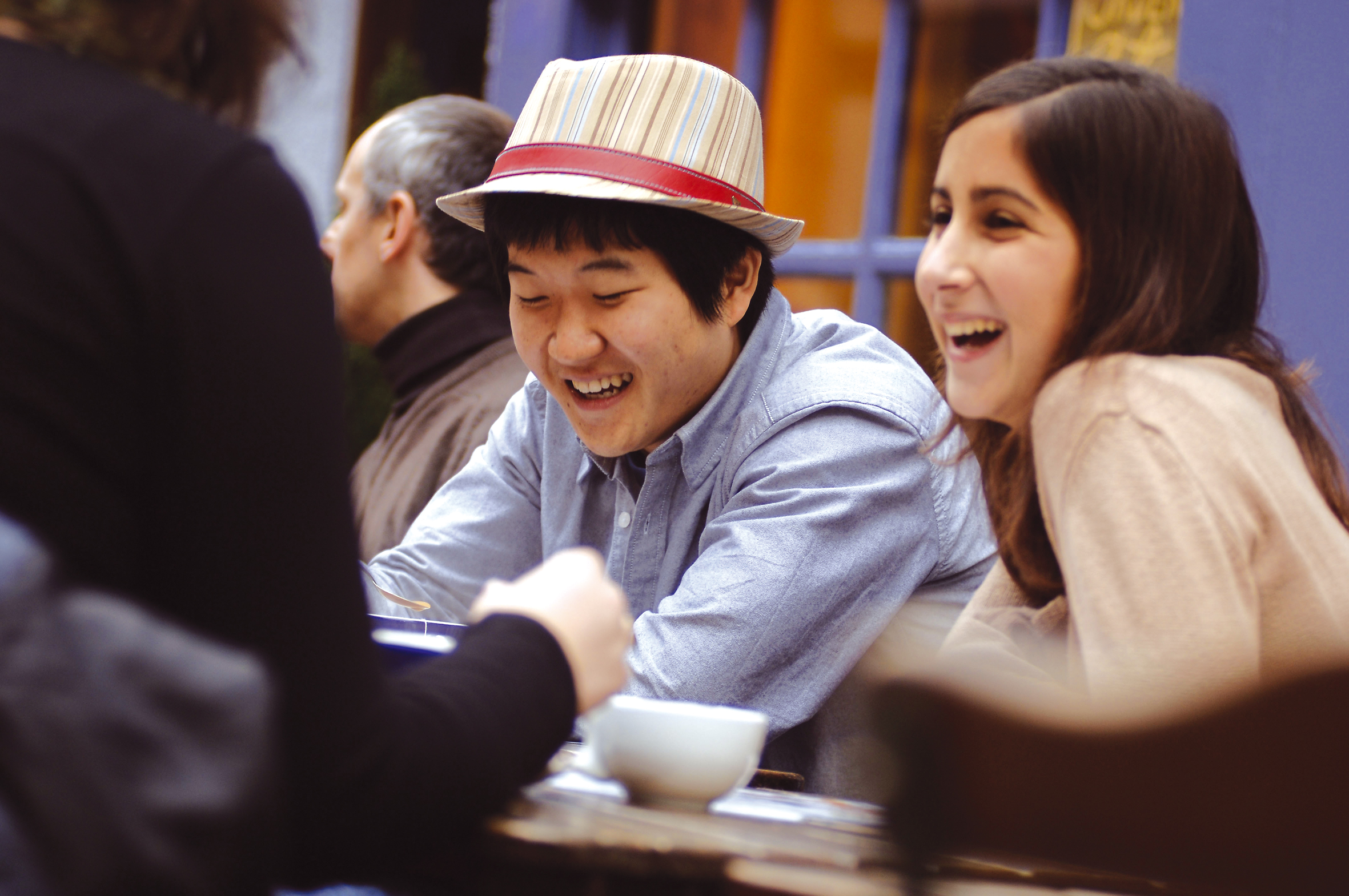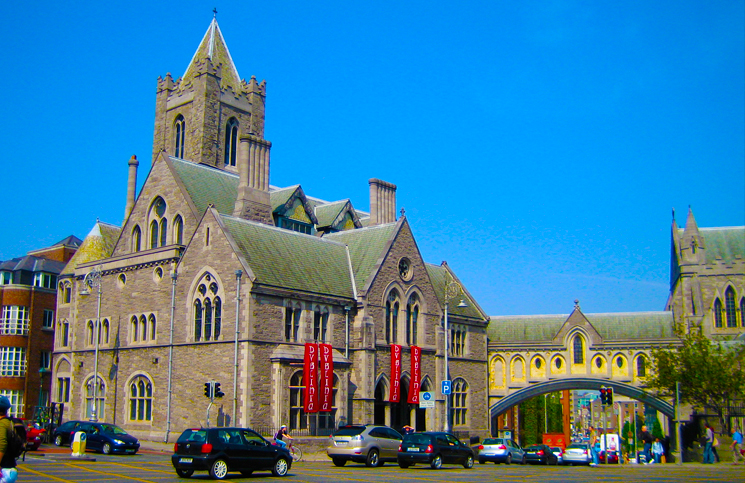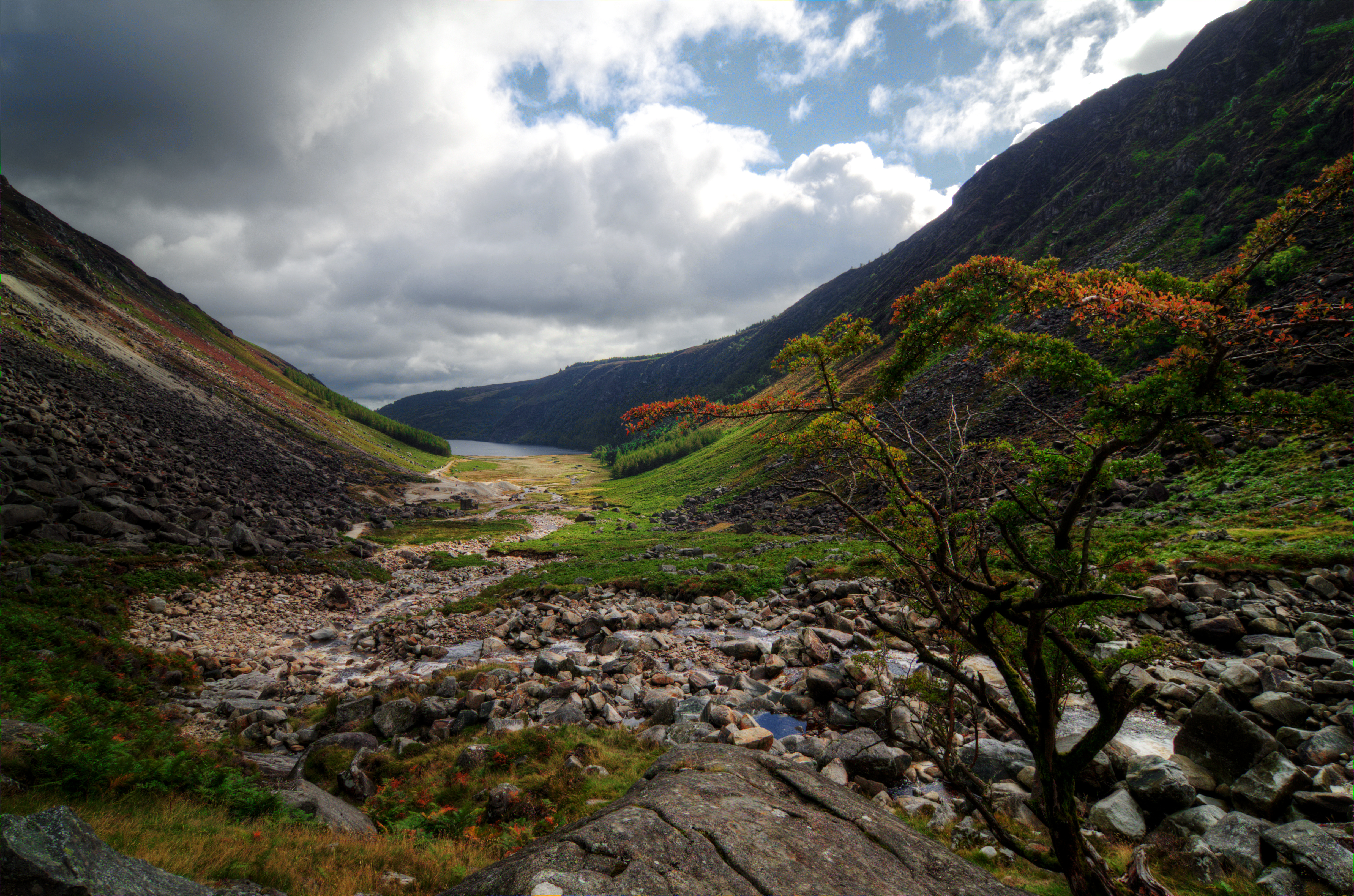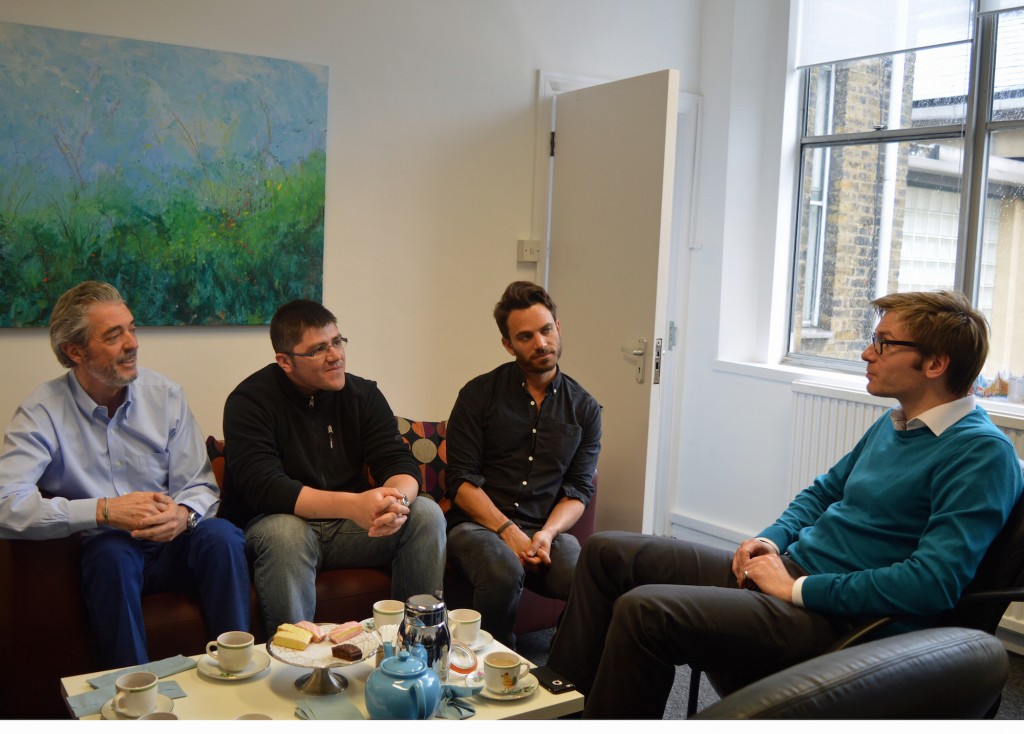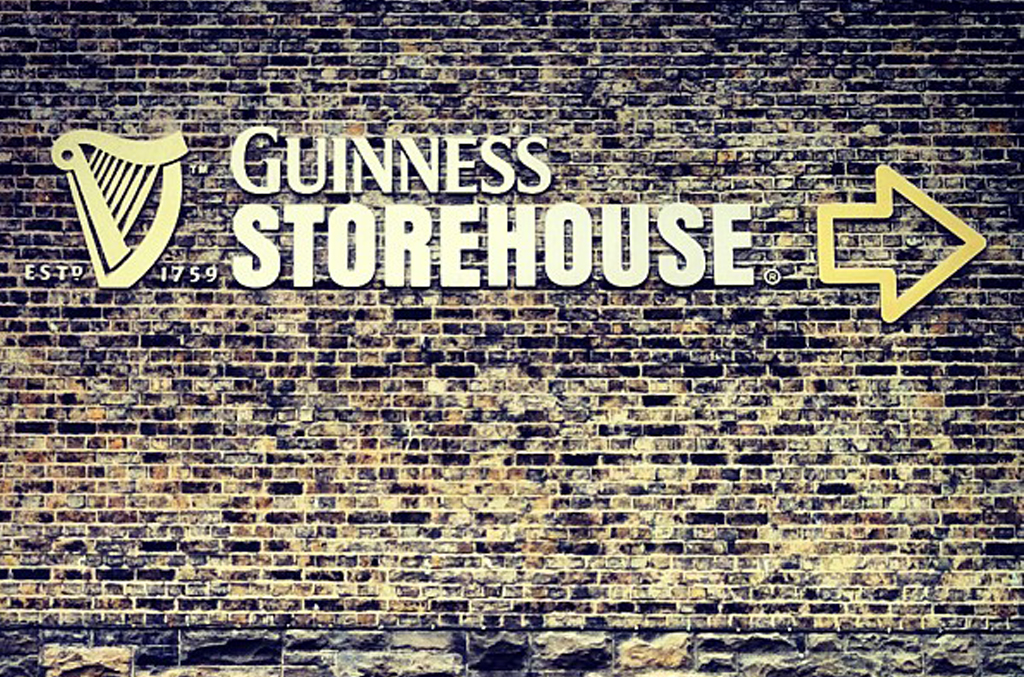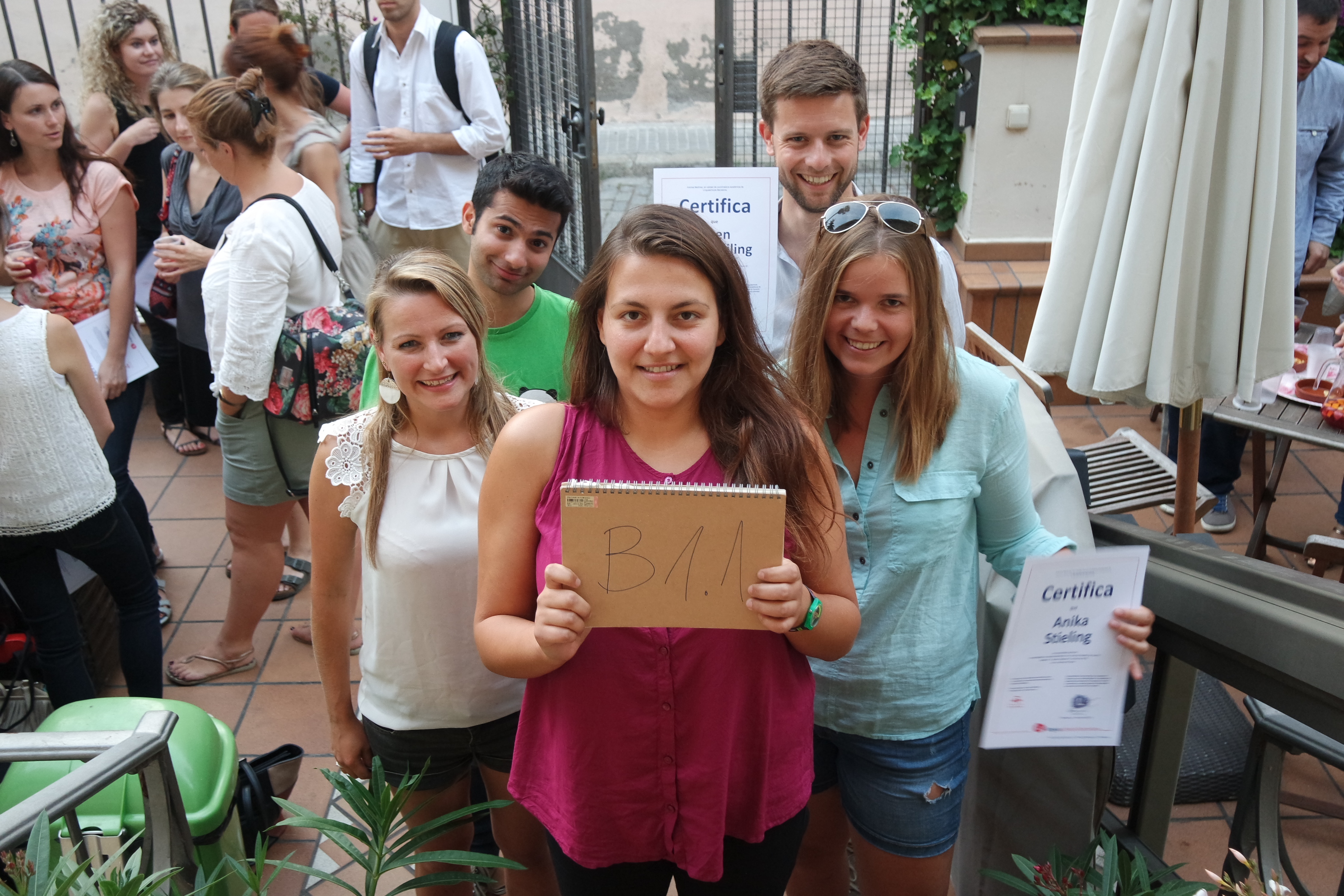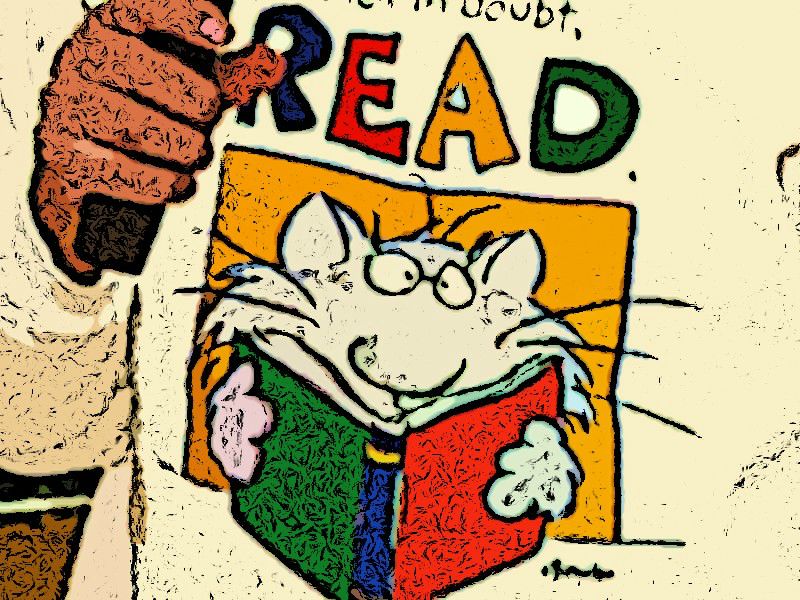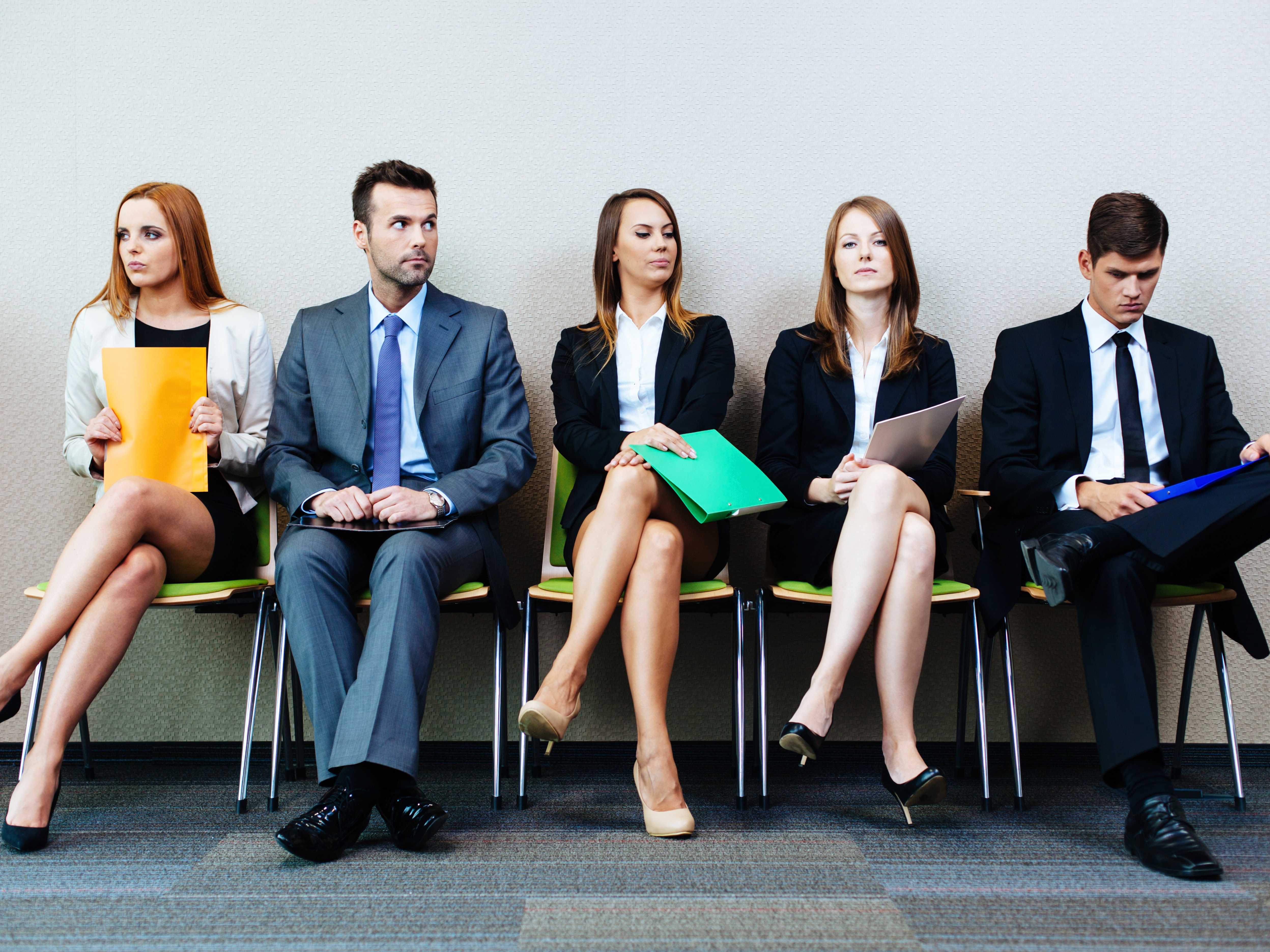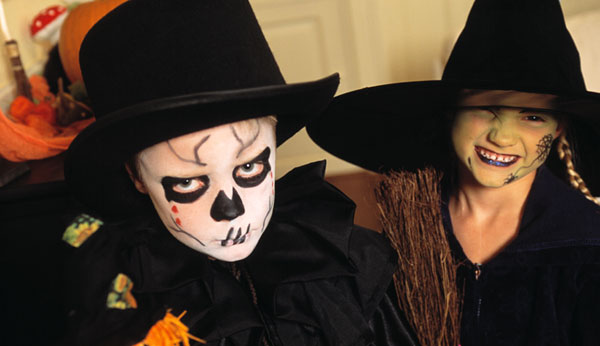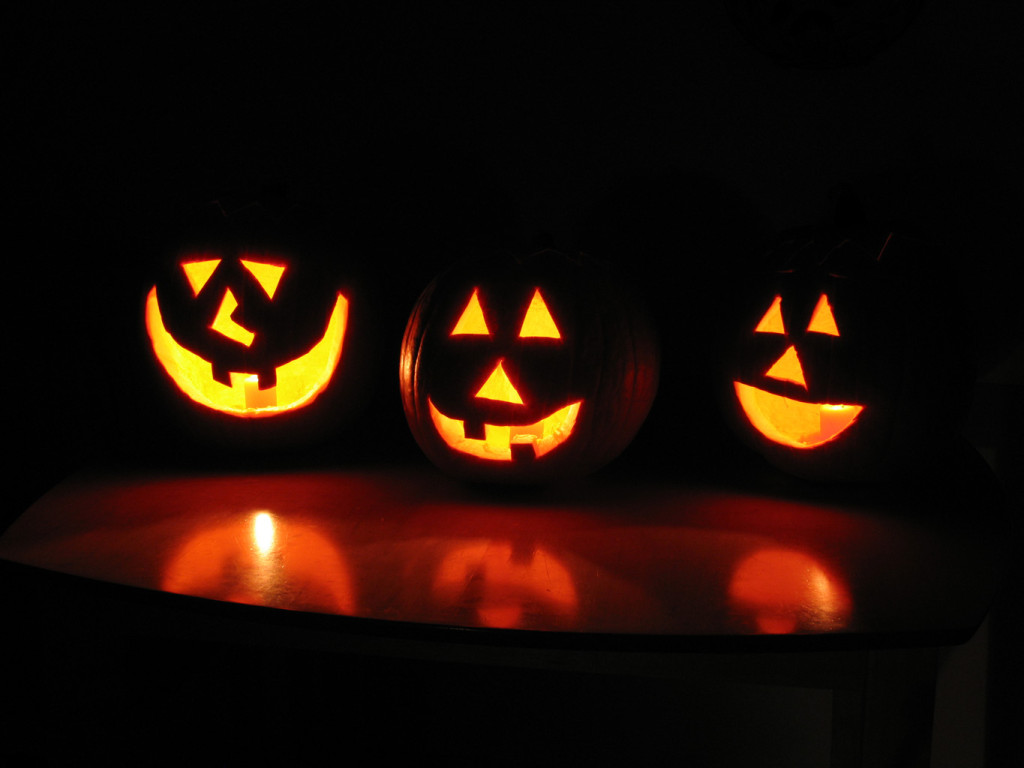Halloween, also known as Allhalloween, All Hallows’ Eve, or All Saints’ Eve is celebrated every year on the 31st of October by many people all over the world. It is a specific custom related to paganism, a term that developed among the Christian community of southern Europe during late antiquity to describe religions other than their own, Judaism, or Islam, the three Abrahamic religions.
But why did do we celebrate this tradition and what is it’s origin?
According to many scholars, All Hallows’ Eve is a Christianized feast influenced by Celtic harvest festivals with possible pagan roots. The Encyclopedia Britannica describes Halloween as the following origin:
“In ancient Britain and Ireland, the Celtic Festival of Samhain was observed on October 31, at the end of summer…. The souls of the dead were supposed to revisit their homes on this day and the autumnal festival acquired sinister significance, with ghosts, witches, goblins, black cats, fairies and demons of all kinds said to be roaming about. It was the time to placate the supernatural powers controlling the processes of nature. In addition, Halloween was thought to be the most favorable time for divinations concerning marriage, luck, health, and death. It was the only day on which the help of the devil was invoked for such purposes.”
Initially, it was practiced only in small Irish Catholic settlements, until thousands of Irish migrated to America during the great potato famine and brought their customs with them. To some degree, our modern Halloween is an Irish holiday with early origins in the Celtic winter festival. Interestingly, in American culture, the rise in popularity of Halloween also coincides roughly with the national rise in spiritism that began in 1848.
Why do we trick or treat on Halloween?
The idea of trick-or-treating is further related to the ghosts of the dead in pagan, and even Catholic, history. For example, among the ancient Druids, “The ghosts that were thought to throng about the houses of the living were greeted with a banquet-laden table. At the end of the feast, masked and costumed villagers representing the souls of the dead paraded to the outskirts of town leading the ghosts away.”
Why do we wear costumes on Halloween?
Halloween masks and costumes were used to hide one’s attendance at pagan festivals or—as in traditional shamanism (mediated by a witch doctor or pagan priest) and other forms of animism—to change the personality of the wearer to allow for communication with the spirit world. Here, costumes could be worn to ward off evil spirits. On the other hand, the costume wearer might use a mask to try to attract and absorb the power of the animal represented by the mask and costume worn. According to this scenario, Halloween costumes may have originated with the Celtic Druid ceremonial participants, who wore animal heads and skins to acquire the strength of a particular animal in order to either scare away the ghosts or to keep away from being recognized by them.
Why do we use pumpkins with faces on Halloween?
Among the Irish, who, as noted, prompted the popularization of Halloween in America, the legend of “Irish Jack” explains the use of pumpkins in order to symbolize “jack-o’-lantern”. According to the legend, a stingy drunk named Jack tricked the devil into climbing an apple tree for an apple, but then cut the sign of a cross into the trunk of the tree to prevent the devil from coming down. Jack then forced the devil to swear he would never come after Jack’s soul. The devil reluctantly agreed.
Jack eventually died, but he was turned away at the gates of heaven because of his drunkenness and life of selfishness. He was sent to the devil, who also rejected him, keeping his promise. Since Jack had no place to go, he was condemned to wander the earth. As he was leaving hell (he happened to be eating a turnip), the devil threw a live coal at him. He put the coal inside the turnip and has since forever been roaming the earth with his “jack-o’-lantern” in search of a place to rest. Eventually, pumpkins replaced turnips since it was much easier to symbolize the devil’s coal inside a pumpkin.
How did we get the tradition of telling ghost stories?
It became a natural expression of Halloween to tell ghost stories when dead souls were believed to be everywhere, and good, mischievous, and evil spirits roamed freely. These stories further originated as a personal expression of these beliefs.
Here are some terms that might be useful during this the custom festival:
- Trick or Treat: Children in costumes travel from house to house asking for treats such as candy (or, in some cultures, money) with the phrase “Trick or treat”. The “trick” is a (usually idle) threat to perform mischief on the homeowners or their property if no treat is given to them. It typically happens during the evening of October 31. Some homeowners signal that they are willing to hand out treats, for example by putting up Halloween decorations outside their door. Others might simply leave treats on their porch.
- Boogeyman (US) /Bogeyman (UK): Imaginary ghost that is used to scare children. (f.ex. “Did you check under the bed for the boogeyman?”)
- Cackle: to utter a shrill, broken sound or cry, as of a hen
- Jack-’o-Lantern: is a carved pumpkin, or turnip, associated with the holiday of Halloween and named after the phenomenon of strange light flickering over peat bogs, called will-o’-the-wisp or jack-o’-lantern.
- Petrify: an extremely frightening experience causing one to be petrified and terrified at the same time. example: when I kicked the dead hog in the belly, it split open and baby possums and blood came running out of the inside…I was p-p-p-perified!
- Spine-Tingling: is a reaction to either being spooked (e.g. an animal sensing danger) or a human hearing/feeling/seeing something so personally moving that it sends chills down their body.”
